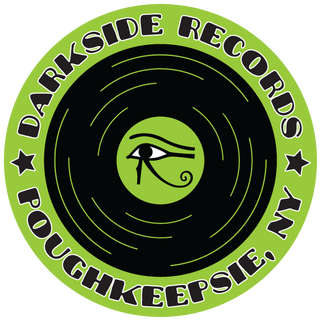Massimiliano Sanca- J.S. Bach: Orgelwerke, Vol. 2 - Triosonaten

The Italian organist Massimiliano Sanca proposes in this CD (Vol.2 of a project of five cds of Bach complete Organ works) the famos Triosonatas. 1733). In 1727 Johann Sebastian Bach started drafting a manuscript of organ music which included the Leipzig Chorales and the Canonical Variations BWV 769, as well as the six trio sonatas for organ (BWV 525/530). "Trio sonatas" in this case refers to the fact that the two manuals and the pedal are handled independently, though closely related to each other, in "a musical discourse, as if they were three different instruments dialoguing between each other through notes and figures" (N. Harnoncourt). We ought not to forget that in Bach's time, "to play" in the German language was not expressed through the verb spielen, as it is today, but through vortragen, whose translation means "to deliver a speech" through the organ, violin, and so on. Bach did not name the whole work, but he titled each sonata instead, such as "Sonata a 2 Clav. And Pedal by J. S. Bach". According to his biographer Johann Nikolaus Forkel, the trio sonatas might have been composed between 1727 and 1732, in order to introduce Bach's oldest son Wilhelm Friedemann (who was, from Johann Sebastian point of view, the most gifted of his sons) to the organ practice. As a result, my own interpretation is aimed at highlighting every technical, discoursive and sound detail that Bach teaches us through the use of rhetorical musical figures. The choice of registers in the recording and interpretation performed here is meant to "paint through sounds" the "colour" and feeling into the movement of each sonata, also expressed through "affections" in the different tonalities in a very crystal clear way. Massimiliano Sanca plays on the organ made by Ilic Colzani (2007) for the Sanctuary of Vallio Terme (BS). It is made with mechanical transmission, is strongly inspired by the production of the famous organ builder Gottfried Silbermann, who worked in Germany in the first half of the 18th century in close contact with Johann Sebastian Bach. But this is not a copy, but a totally original project that combines the particular sounds of the pipes made according to the construction specifications and the measures adopted by Silbermann.
The Italian organist Massimiliano Sanca proposes in this CD (Vol.2 of a project of five cds of Bach complete Organ works) the famos Triosonatas. 1733). In 1727 Johann Sebastian Bach started drafting a manuscript of organ music which included the Leipzig Chorales and the Canonical Variations BWV 769, as well as the six trio sonatas for organ (BWV 525/530). "Trio sonatas" in this case refers to the fact that the two manuals and the pedal are handled independently, though closely related to each other, in "a musical discourse, as if they were three different instruments dialoguing between each other through notes and figures" (N. Harnoncourt). We ought not to forget that in Bach's time, "to play" in the German language was not expressed through the verb spielen, as it is today, but through vortragen, whose translation means "to deliver a speech" through the organ, violin, and so on. Bach did not name the whole work, but he titled each sonata instead, such as "Sonata a 2 Clav. And Pedal by J. S. Bach". According to his biographer Johann Nikolaus Forkel, the trio sonatas might have been composed between 1727 and 1732, in order to introduce Bach's oldest son Wilhelm Friedemann (who was, from Johann Sebastian point of view, the most gifted of his sons) to the organ practice. As a result, my own interpretation is aimed at highlighting every technical, discoursive and sound detail that Bach teaches us through the use of rhetorical musical figures. The choice of registers in the recording and interpretation performed here is meant to "paint through sounds" the "colour" and feeling into the movement of each sonata, also expressed through "affections" in the different tonalities in a very crystal clear way. Massimiliano Sanca plays on the organ made by Ilic Colzani (2007) for the Sanctuary of Vallio Terme (BS). It is made with mechanical transmission, is strongly inspired by the production of the famous organ builder Gottfried Silbermann, who worked in Germany in the first half of the 18th century in close contact with Johann Sebastian Bach. But this is not a copy, but a totally original project that combines the particular sounds of the pipes made according to the construction specifications and the measures adopted by Silbermann.



![the album cover for Tom Petty & The Heartbreakers - The Live Anthology: From The Vaults Vol. 1 [RSD Black Friday 2025]](http://shop.darksiderecords.com/cdn/shop/files/4462264-3460424.jpg?v=1764366449&width=320)

